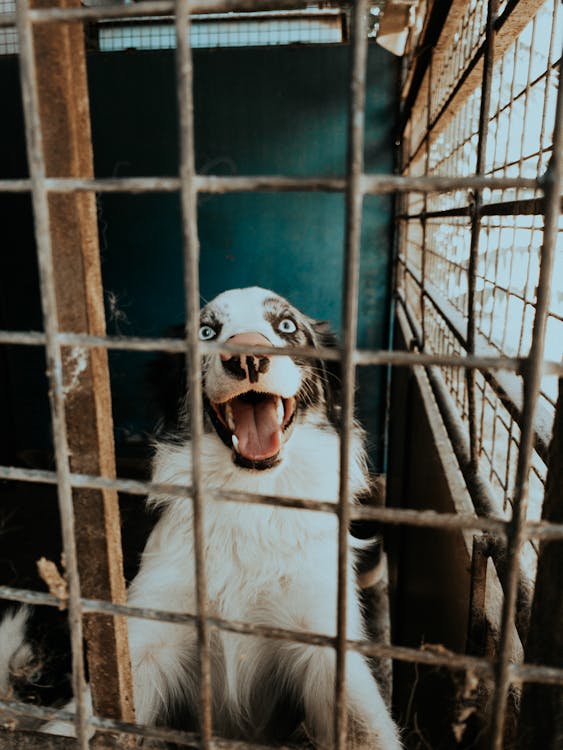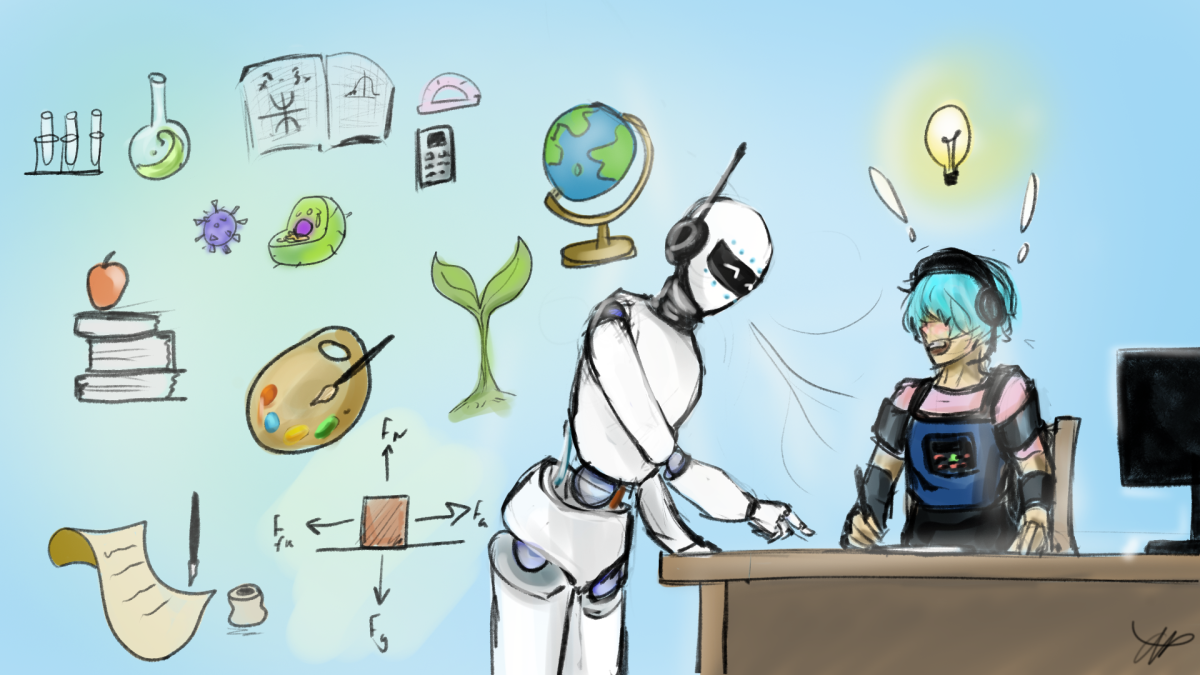Since the start of the COVID-19 pandemic, there have been a multitude of heinous hate crimes against Asians. Counting just 15 major cities alone, there has been a 169% spike in anti-Asian crimes. Frankly, these recent attacks on Asian Americans are shocking as they are unprovoked, unimaginable, and un-American. Anti-Asian hate stems from misleading information about Asians and the COVID-19 pandemic. My community is being targeted because people think Asians are vulnerable and submissive; however, these untrue stereotypes… these malicious misconceptions have long existed and still carry a stigma in today’s society.
A recent misconception about Asian Americans is that anyone who resembles an East Asian physiognomy has COVID-19. The Asian American community is in fact American citizens who are not necessarily from Wuhan, China. They certainly did not cause this pandemic by eating bats and dogs. Incidentally, we have one of the lowest hospitalization and death rates by ethnicity per 10,000 patients in a study by the Kaiser Family Foundation and the Epic Health Research Network. With that said, Asians seem to be one of the safest and most responsible communities in America during the pandemic.
Another hurtful misconception about Asian Americans is the damaging “model minority myth”. The term was coined in 1966 by sociologist William Peterson. Since then, this myth has been pervasive and entrenched in our society. Many assume that Asians are “superhuman entities” who achieve success without obstacles or racial injustices and discrimination. While it is true that our community’s work ethic is strong, our family dynamic is structured, and our culture is inherent, the fact still remains that Asians face many barriers and struggles. In particular, Asian American students face a harsh and inequitable academic standard. According to Princeton University, “Students who identify as Asian must score, on average, 140 points higher on the SAT (out of 1600) than white students in order to have the same chance of admission to private colleges”. Included in the statistics, Asian students also need to score 450 points higher than black students. This is discrimination that is often dismissed and trivialized. It is and always will be an uphill battle.
According to Harvard Law School, “…Asian Americans also have the largest income gap of any racial group.” For instance, the Cambodian, Hmong, and Bangladeshi communities have the highest levels of poverty rates and lowest household incomes as compared to the Indian and Filipino households in America. These are facts, but often masked by the myth that Asian Americans are all law-abiding, obedient individuals who are wealthy and successful. The impoverished Asian groups who need support and aid are usually bypassed and not considered for government subsidies.
I believe that the myriad of misconceptions about any specific group of people always create a gateway for hate and racism. Without a true understanding and open-minded acceptance of diversity, there will never be inclusion. Dating as far back to 1763 with the first documented Filipino American settlement in St. Malo, Louisiana; to 1863-1869 with the 15,000 forgotten Chinese migrant workers building the First Transcontinental Railroad; and in 1942-1946 with the incarceration of 120,000 Japanese Americans to internment camps, Asian Americans are very much a part of American history. However, we are still made to feel like foreigners.
These are a plethora of interesting stories and historical facts that can help our society better understand that Asian Americans are patriotic Americans, too. If our schools can play a more influential role by including Asian American history in school curriculums, perhaps the challenges of dispelling stereotypes and misconceptions would be mitigated. The campaign of raising awareness with our peers and students can bring forth empathy, inclusivity, and acceptance.
Recently, I have been an avid student leader volunteering with the grassroots organization, ‘Make Us Visible Florida’. I am trying to make a slight impact in starting the dialogue and making a difference. In passing bills like FL Bill HB 281 introduced by Representative Anna Eskamani and FL Senate Bill SB490 introduced by Senator Linda Stewart, we hope for inclusive education of Asian-American history within all K-12 Florida public schools. With the help of our supporters, our education system can create meaningful change for the next generation and thereafter. Following the advice of Vice President Kamala Harris: “The work to address injustice, wherever it exists, remains the work ahead.” In creating the moments for change, we can only achieve milestones together as a unified force.
(Please check out some resources and the campaign’s petition form below.)
Make Us Visible Florida Organization:
Photo credit: Stephen Oduntan, L.A. Focus




